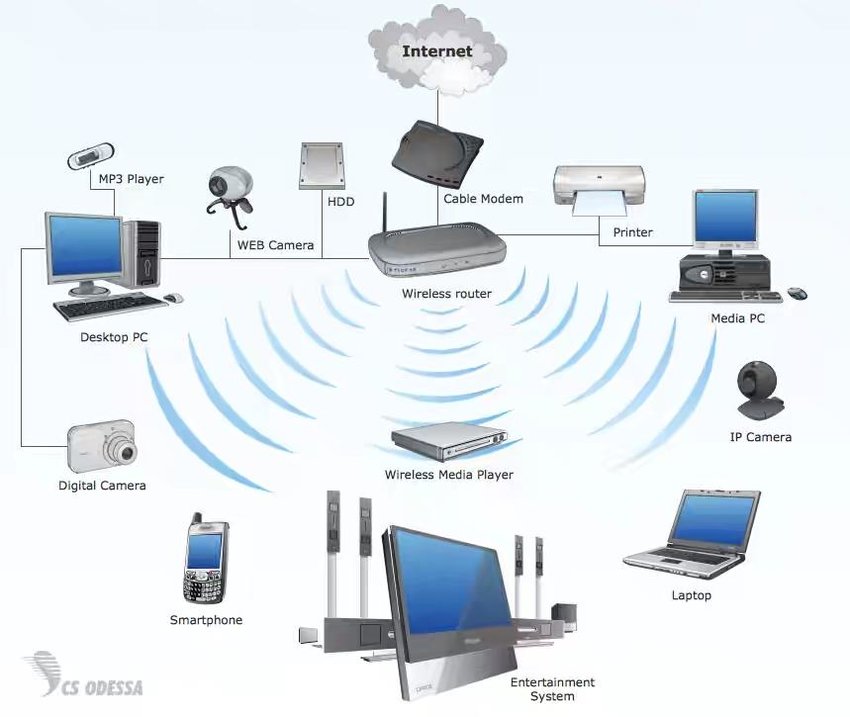Wireless Communications Engineering: Fundamentals, Technologies, and Applications

About Course
Step into the world where invisible waves drive global connectivity. Wireless Communications Engineering offers a comprehensive journey through the science, evolution, and cutting-edge applications of wireless technologies that power our modern lives—from mobile phones and Wi-Fi to GPS and IoT. This course unravels the fundamental principles of radio waves, electromagnetic spectrum, signal modulation, and wireless network architecture. Whether you’re a student stepping into engineering or a professional eager to strengthen your wireless know-how, this course bridges the theory and real-world systems.
What makes this course exciting is its deep dive into next-gen technologies like 5G, 6G, IoT, and wireless sensor networks, paired with an analysis of wireless security mechanisms and the impact of AI and edge computing. Through a blend of historical insights, core technical concepts, and forward-looking innovations, you’ll gain both a foundational understanding and futuristic perspective. Case studies and practical applications across various industries like smart grids, wearables, and autonomous systems make your learning highly relevant and actionable.
Course Content
Introduction
Introduction to Wireless Communications Engineering
00:00History and Evolution of Wireless Communications
00:00